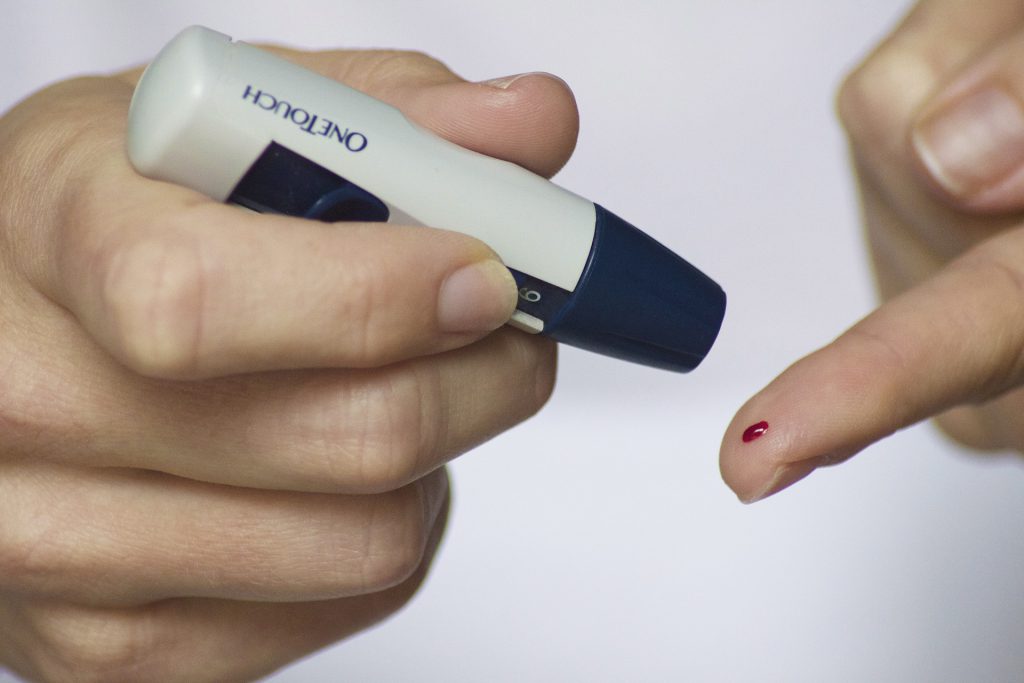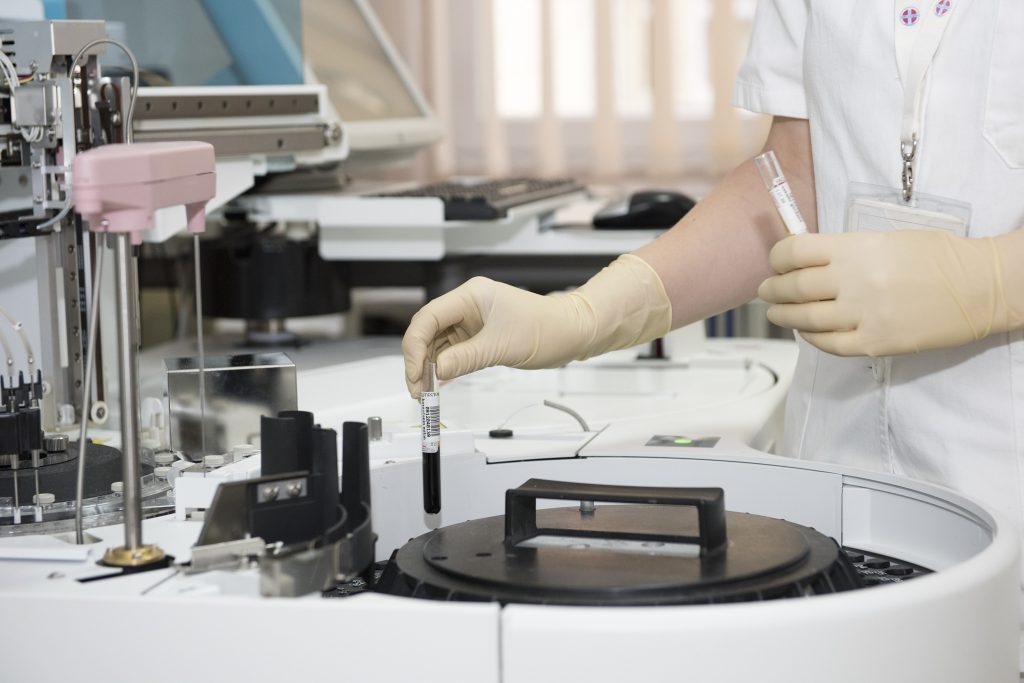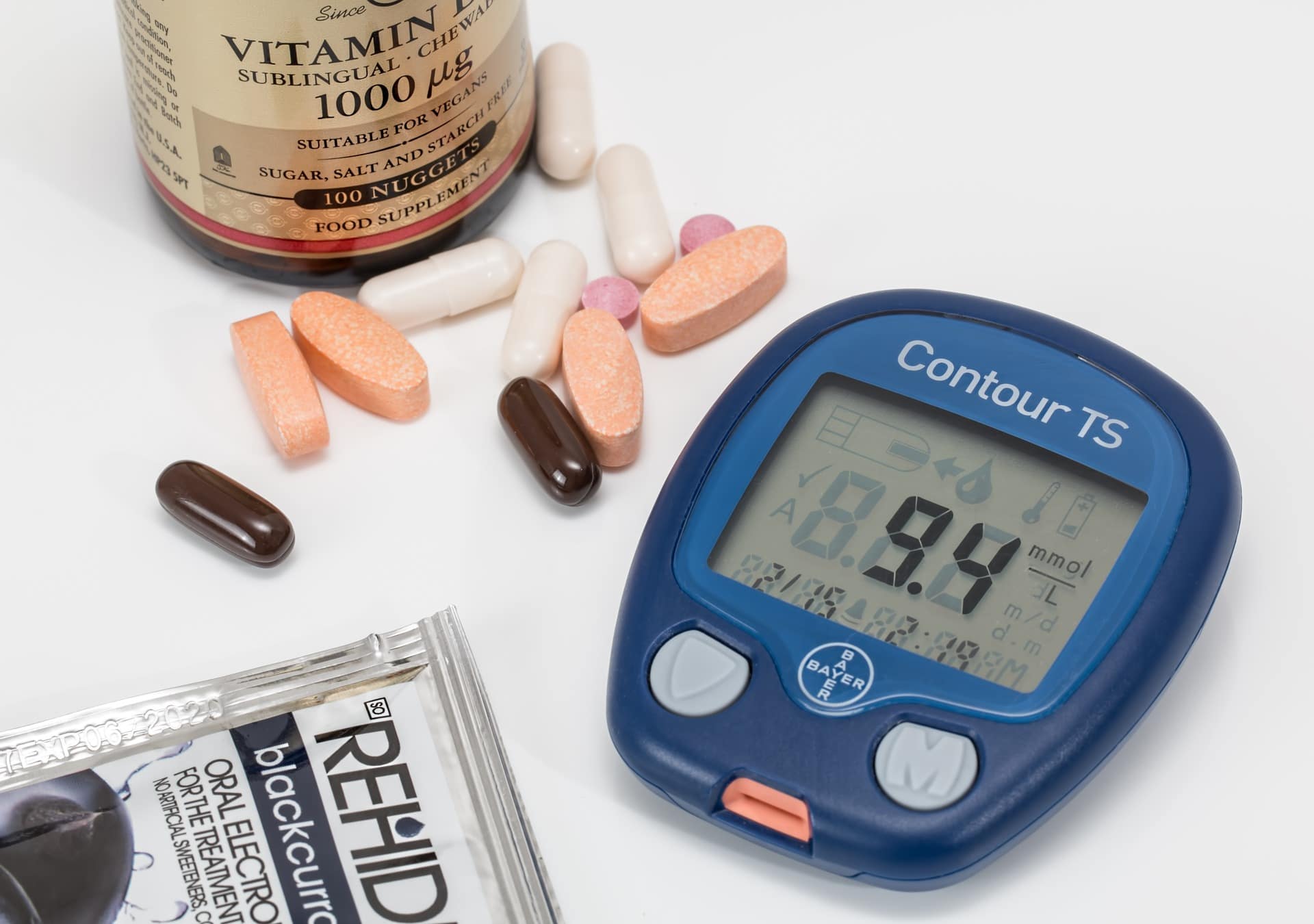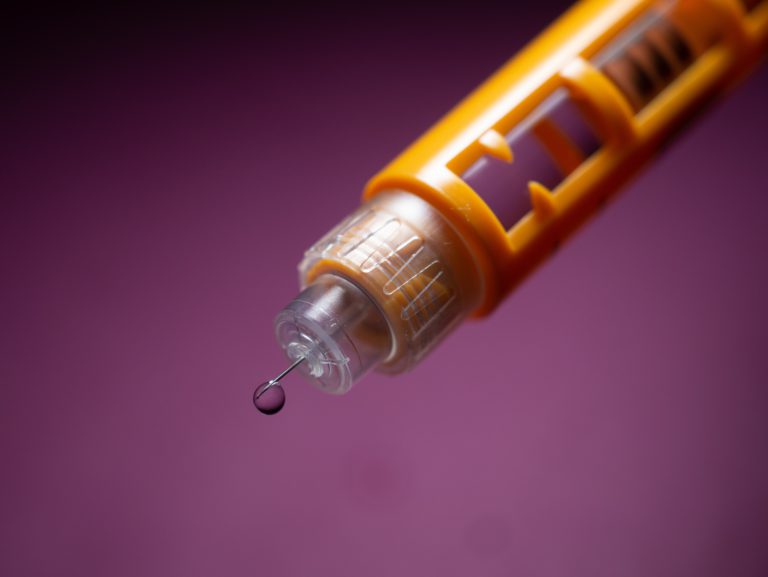Type 2 Diabetes Monitoring Guidelines
It is not uncommon for patients with diabetes to struggle to find the most effective ways to maintain optimal glycemic control and diabetes monitoring. They often experience confusion over the right ways to monitor and control their blood sugar levels.
For starters, it is good to identify the differences between the two types that are out there. There is Type 1 and Type 2 Diabetes – you can learn more here.
The lack of awareness about the diabetes monitoring guidelines could result in gaps in the treatment due to which the patient’s risk of developing serious complications like neuralgias, nephropathy, and diabetic retinopathy may increase significantly.
Hence, there is a need to provide clarity regarding the correct ways for monitoring your blood sugar levels. Keep reading to learn the type 2 diabetes monitoring guidelines and the best ways to ensure optimum glycemic control to prevent the complications of this disease.
Diagnosis of Type 2 Diabetes and Monitoring
Regular monitoring of blood sugar levels is the key to ensuring proper control of type 2 diabetes. Early diagnosis of type 2 diabetes can also play a role in enabling you to avoid the serious complications associated with this disease.
Hence, patients with diabetes are advised to check their blood sugar levels at regular intervals to assess their glycemic control.
People who are at a risk of type 2 diabetes due to the presence of risk factors such as family history, obesity, high cholesterol, or hypertension should also undergo regular screening tests so that the condition can be diagnosed at an early stage before it causes serious damage to the healthy tissues.
Read more here on what are the risk factors for developing type 2 diabetes.
The commonly recommended tests for the diagnosis of type 2 diabetes are as follows:
Glycated hemoglobin (HbA1C) test
The diagnosis of type 2 diabetes is usually made based on the results of the glycated hemoglobin (HbA1C) test. This test measures the average blood sugar level of a person for the past 2 to 3 months.
The results of this test can be interpreted as follows:
- Normal: Less than 5.7%
- Diabetes: More than 6.5% detected on 2 separate tests
- Prediabetes: 5.7% to 6.4%
If the facilities for the HbA1C test are not available, or if you suffer from conditions that may interfere with this test, you may use other tests like fasting blood sugar, random blood sugar, or oral glucose tolerance test to diagnose diabetes.
Random Blood Sugar Tests
This test measures the amount of sugar in your blood in units like mg/dL (milligrams of sugar per deciliter) or mmol/L (millimoles of sugar per liter) of blood.
Irrespective of the time when you had eaten food the last, a random blood sugar level of 11.1 mmol/L (or 200 mg/dL) points strongly to the diagnosis of diabetes, especially in patients who have already developed some signs and symptoms of this condition, such as non-healing wounds, increased thirst, and frequent urination.

Fasting Blood Sugar Tests
This test involves measuring the amount of glucose in a sample of blood drawn in the morning after an overnight fasting period of 8 to 10 hours.
The results of this test can be interpreted as follows:
- Normal: Less than 5.6 mmol/L (or 100 mg/dL)
- Diabetes: More than 7 mmol/L (or 126 mg/dL) detected on 2 separate tests
- Prediabetes: 5.6 to 6.9 mmol/L (or 100 to 125 mg/dL)
Oral Glucose Tolerance Tests
This test is not as commonly used as the other tests like fasting blood sugar or random blood sugar tests. It is usually recommended for pregnant women.
This test is performed to measure the level of sugar in the sample of blood taken after an overnight fasting period followed by drinking a sugary liquid at the laboratory or the physician’s clinic.
The blood sugar levels are periodically tested for the next 2 hours to assess how efficiently the body is able to metabolize carbohydrates.
The results can be interpreted as follows:
- Normal: Less than 7.8 mmol/L (or 140 mg/dL)
- Diabetes: More than 11.1 mmol/L (or 200 mg/dL) after 2 hours
- Prediabetes: 7.8 to 11.0 mmol/L (or 140 to 199 mg/dL)
Routine Screenings
Routine screening is specifically recommended for all adults above 45 years of age.
Other than these, regular screening is also critical for the early diagnosis and monitoring of diabetes in the following high-risk groups:
- Adult men and women younger than 45 of age who are obese or overweight and have at least one risk factor associated with diabetes
- People diagnosed with prediabetes
- Women having a history of gestational diabetes
- Children who are obese or overweight and have a family history of diabetes or any other risk factor
What Should You Do After Receiving a Diagnosis of Type 2 Diabetes?
If you are diagnosed with diabetes, your physician might recommend other laboratory tests to determine whether it is type 1 or type 2 diabetes. It should be noted that distinguishing between type 1 and type 2 diabetes is important as both these conditions have different forms of pathogenesis and hence, may require different treatment protocols each aimed at correcting the underlying abnormality.
Your physician might advise you to repeat the test to measure the HbA1C level at least 2 times a year to assess your response to the treatment. The medications and lifestyle strategies may have to be changed depending on the results of the HbA1C test.
Your physician may advise you to change the anti-diabetic drugs you are using or modify the doses of those drugs, as needed, to improve your diabetes control.
Also, you may have to check your blood sugar levels – fasting or random – more frequently until you are able to achieve normal blood sugar levels with the treatment and lifestyle interventions you are following.
The treatment protocol for type 2 diabetes usually includes:
- Regular use of anti-diabetic medications and/or insulin therapy
- Regular blood sugar monitoring
- Eating healthy and nutritious foods
- Avoiding junk foods high in sugars and unhealthy fats
- Regular exercise
- Weight loss
These steps would keep your blood sugar levels within normal limits and help you avoid the complications of type 2 diabetes.
Other than these, it is also important to undergo tests to assess the impact of type 2 diabetes on the vital organs of the body such as the eyes, heart, and liver.
You can visit your ophthalmologist on a regular basis for eye check-up so that any change or damage to the delicate eye structures such as the retina, eye lens, or macula caused due to increased blood sugar level can be detected early.
Regular eye check-ups will help in the early diagnosis of diabetic complications like cataracts, retinopathy, and macular edema. This will allow you to receive proper treatment before the damage to these structures has led to complete or partial loss of vision.
Similarly, you should also undergo tests to assess your heart functions, liver functions, and cholesterol levels at regular intervals to check for any adverse impact of diabetes on your overall health.

Conclusion
Your healthcare provider would advise you on how frequently you need to check your blood sugar levels.
Continuous glucose monitoring and regular check-ups to assess the functioning of the vital organs such as the heart and eyes would enable you to detect early changes caused due to diabetes-linked complications. It would allow you to seek timely treatment and help you avoid the risk of long-term morbidities such as blindness.
Careful management and regular monitoring of type 2 diabetes would reduce your risk of serious complications such as diabetic retinopathy, neuralgias, cataracts, and nephropathy.









